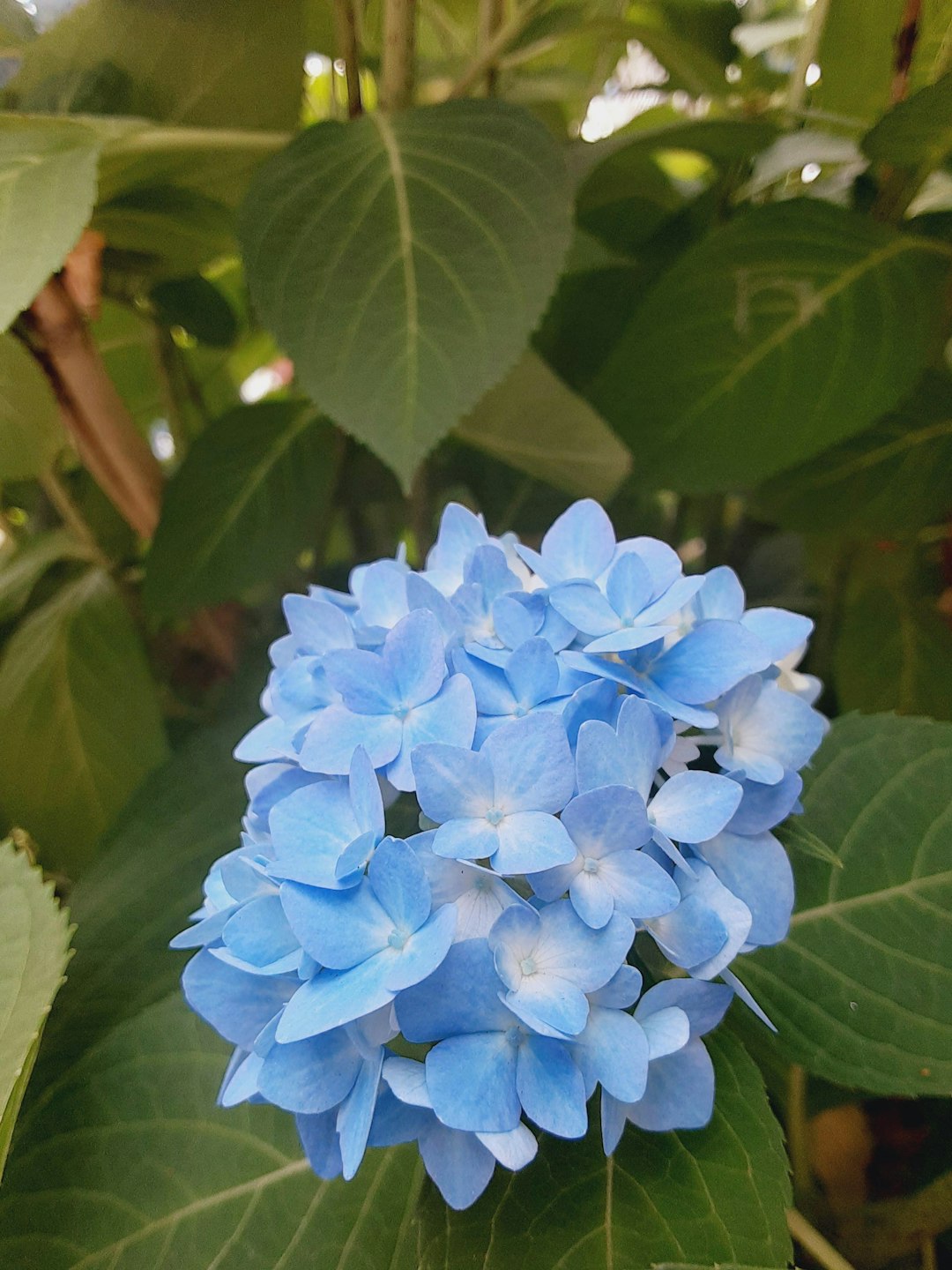Unleashing the Power of Beet Companions: A Bounty of Benefits

Edible gardening is a rewarding endeavor, and when it comes to growing beets, selecting the right companion plants can make all the difference. This guide will introduce you to the ten best beet companion plants, highlighting herbs and vegetables that not only help keep pests at bay but also boost your harvest.
Beets, with their vibrant colors and earthy flavors, are a staple in many vegetable gardens. However, like all plants, they can face challenges from pests and diseases. By choosing the right companions, you can create a symbiotic relationship that benefits both the beets and their neighbors.
1. Garlic
Garlic is a powerful companion for beets. Its strong aroma acts as a natural repellent for many common pests, such as aphids and carrot flies. Planting garlic near beets can help protect them from these unwanted visitors. Additionally, garlic has antibacterial and antifungal properties, which can contribute to the overall health of the garden. It also helps improve the soil structure and fertility, providing a better environment for the beets to grow.
2. Onions
Onions are another excellent companion for beets. Similar to garlic, they have a pungent smell that deters pests. Onions also help to break up the soil, allowing better water and air circulation around the beet roots. This can lead to healthier and more robust beet plants. Moreover, onions are relatively easy to grow and can be interplanted with beets without competing too much for resources.
3. Lettuce
Lettuce makes a great companion for beets because it provides shade to the soil around the beets. This helps to keep the soil cool and moist, which is beneficial for the growth of beets. Lettuce also has shallow roots, so it doesn't compete with the deeper - rooted beets for nutrients. The two plants can be grown in close proximity, maximizing the use of garden space. You can harvest the lettuce leaves as needed, and the beets will continue to grow undisturbed.
4. Spinach
Spinach and beets are compatible companions. Spinach has a similar growth habit and nutrient requirements as beets. It can be planted alongside beets, and both plants can thrive in the same soil conditions. Spinach also acts as a living mulch, helping to suppress weeds and retain soil moisture. The combination of spinach and beets in the garden not only looks attractive but also provides a diverse range of nutrients for your diet.
5. Radishes
Radishes are fast - growing plants that can be interplanted with beets. They help to break up the soil as they grow, making it easier for the beet roots to penetrate. Radishes also attract beneficial insects, such as ladybugs, which can prey on pests that might otherwise attack the beets. By the time the beets start to need more space, the radishes can be harvested, leaving room for the beets to continue growing.
6. Cabbage Family (Brassicas)
Plants from the cabbage family, such as broccoli, cauliflower, and kale, can be good companions for beets. They have different pest profiles than beets, so growing them together can help reduce the overall pest pressure. However, it's important to note that brassicas can be heavy feeders, so make sure to provide enough nutrients in the soil. The beets can benefit from the shade provided by the larger brassica plants, especially during hot summer days.
7. Chives
Chives are a great addition to a beet garden. Their onion - like aroma repels pests, and they also attract pollinators. Chives can be planted around the perimeter of the beet bed or interspersed among the beets. They are easy to care for and can be used in the kitchen, adding a fresh, oniony flavor to your dishes. The presence of chives can enhance the overall health and productivity of the beet plants.
8. Marigolds
Marigolds are well - known for their pest - repelling properties. They release a chemical that deters nematodes, which can be a problem for beets. Planting marigolds around the beet patch can help protect the beets from these soil - borne pests. Marigolds also add a splash of color to the garden, making it more visually appealing. Their bright flowers can attract beneficial insects, further contributing to a healthy garden ecosystem.
9. Dill
Dill is an herb that can be a beneficial companion for beets. It attracts beneficial insects, such as wasps and hoverflies, which prey on aphids and other pests. Dill also has a unique flavor and can be used in the kitchen. However, it's important to keep an eye on dill, as it can self - seed and become invasive if not managed properly. Planting dill near beets can help create a more balanced and pest - resistant garden.
10. Nasturtiums
Nasturtiums are not only beautiful but also useful in the beet garden. They attract aphids away from the beets, acting as a sacrificial plant. The aphids are drawn to the nasturtiums instead of the beets, protecting the beets from damage. Nasturtiums also have edible flowers and leaves, which can be used in salads or as a garnish. Their presence in the garden adds a touch of color and helps to keep the pest population in check.
In conclusion, by carefully selecting the right companion plants for your beets, you can create a thriving and productive edible garden. These ten companion plants offer a variety of benefits, from pest control to improved soil conditions and increased harvests. Experiment with different combinations in your garden and see how these partnerships can enhance the growth and health of your beets.